Brattforsheden - War Airfield 16
In 1938 the Swedish Armed Forces began searching for suitable sites for war airfields in the event of attack. The sites were divided into two different geographical areas depending where the attack eventually would come from and the fields were divided into two different categories. War airfield I involved war with Germany and War Airfield II involved war with the Soviet Union. In April 1939, the Armed Forces, together with Sweden’s geological survey (SGU), had located 23 suitable locations for the purpose.
Two of these war airfields were located in the county of Vermland, one at Brattforsheden, about fourty kilometres north of Karlstad, and one outside Olme, about thirty kilometres east of Karlstad. Brattforsheden was named War Airfield 16 and its construction begun in September 1939 and was intended as a rear base out of the reach of hostile aircraft (the front bases were consequently in areas of the front line). The rear bases would have good communication capabilities. The idea was that War Airfield 16 would be completed in October 1940 and commissioned in the summer of 1941.
However, the German attack on Denmark and Norway in April 1940 changed everything. In the event of an attack the air field would be in the front line. The construction of the airfield was accelerated to meet a German attack and was partly completed in July 1940. During the war, the airfield was expanded and consisted of about ten buildings for various purposes and hangars that were camouflaged so that they would resemble ordinary houses and barns without military significance. Twenty-seven air craft shelters were also built and camouflaged to blend in with the surroundings. Around the airfield there were both machine gun bunkers, shelters and flak. After the war, the airfield remained in service until the eighties when the land returned to its rightful owners.
Current status: preserved with museum (2011).
Location: 59º 36' 51,48 N 13º 55' 55,2 E
Get there: Car.
Follow up in books: Gilmour, John: Sweden, the Swastika and Stalin - The Swedish Experience in the Second World War (2011).
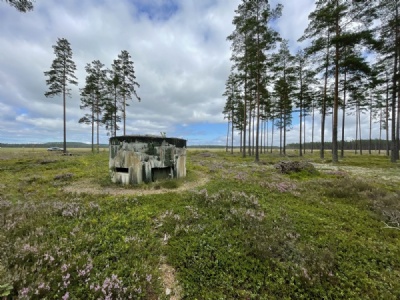
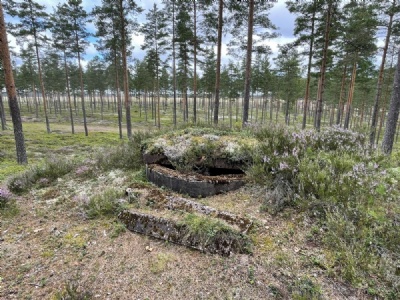
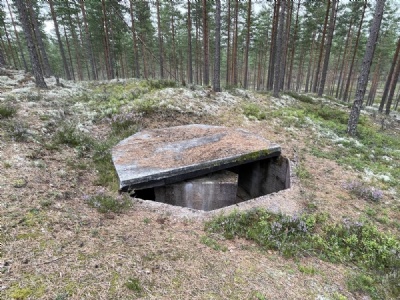
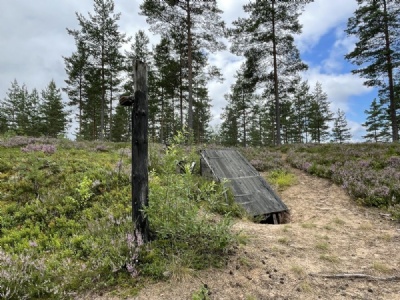
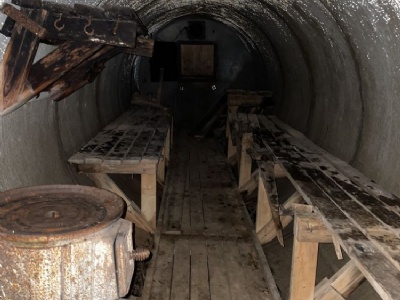

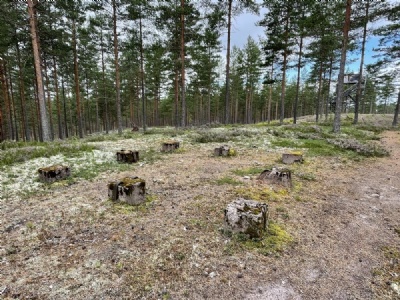
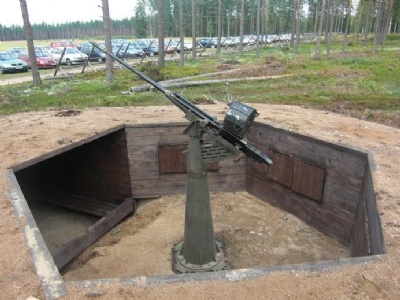
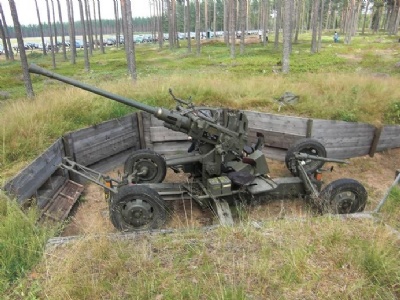
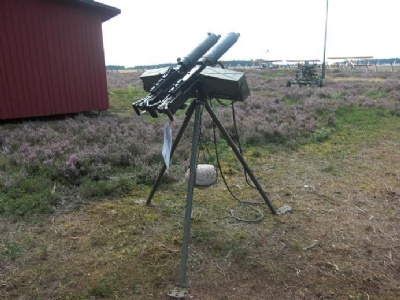
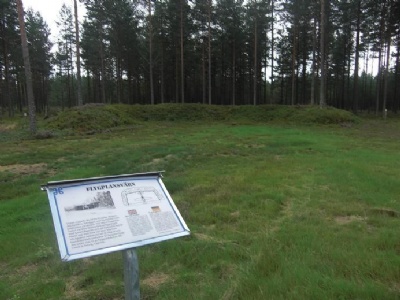
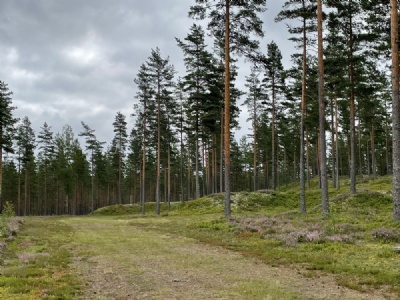
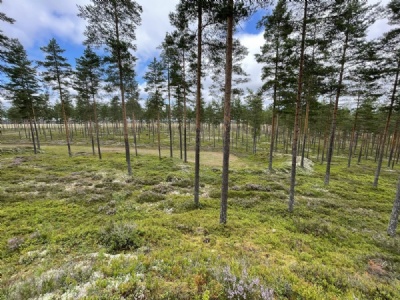

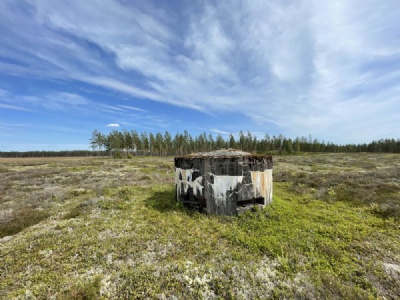
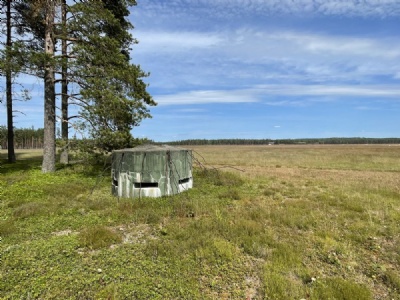
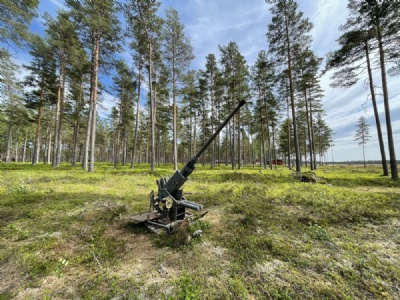
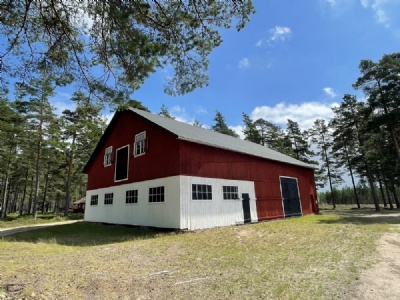
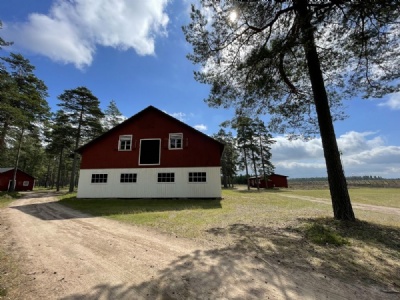
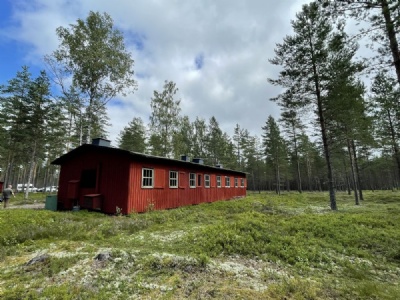
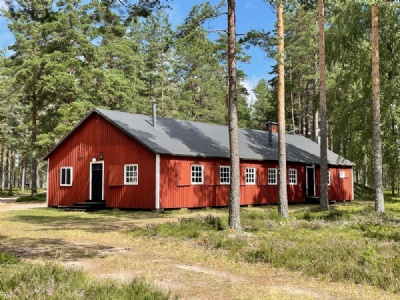
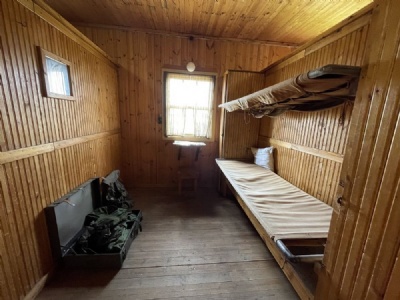
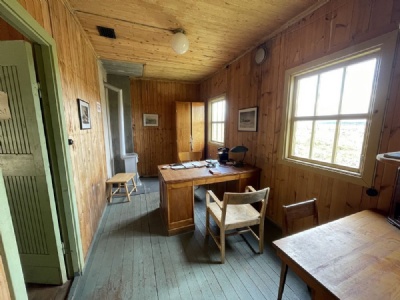
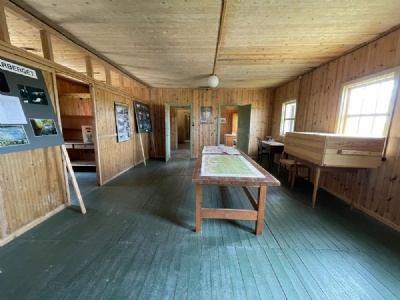
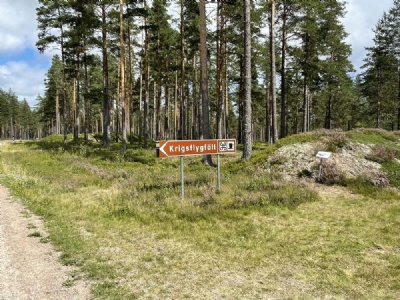
Since 2003 the war airfield is a protected cultural reserve, but still used by sport aviators as well as for annual air shows, including old air crafts. Several buildings and other remnants of the airfield are preserved with interesting exhibitions. Shorter and longer hiking trails around the airfield provide opportunities to see additional remnants from the war years. The Foundation War Airfield 16 does a solid job of preserving the memory of the airfield and offers guided tours.